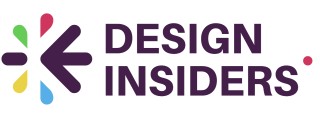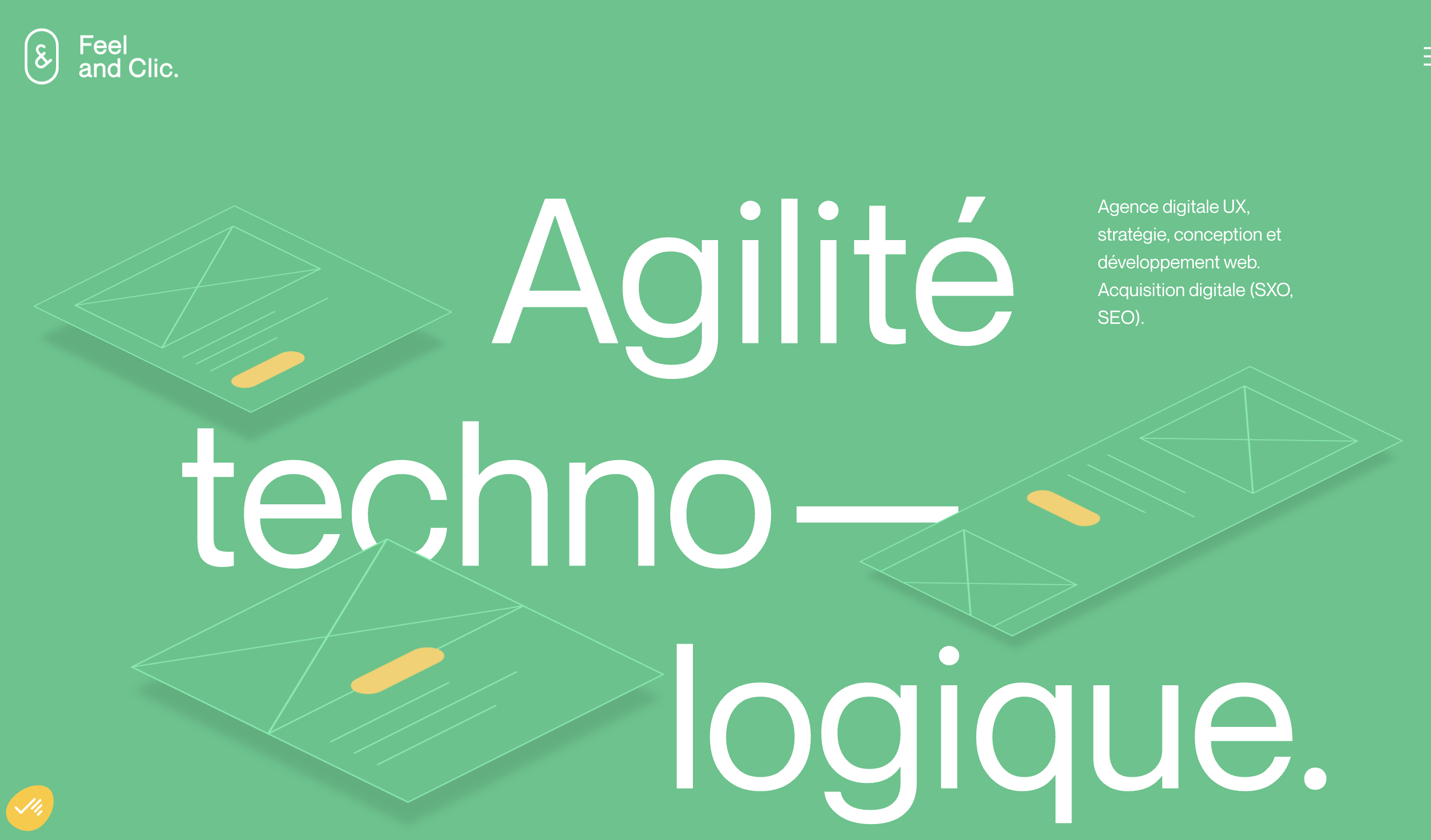
The Role of a Sales Funnel in Design
Understanding the Journey in Design
In the realm of funnel marketing, the sales funnel plays a pivotal role in guiding potential customers through the intricate stages of their journey. At its core, a sales funnel is about transforming prospects into lead and eventually into customers. It mirrors the stages they traverse from mere awareness to the ultimate purchase. Just like a tunnel, it categorizes and directs website visitors, optimizing the lead generation process.
The relevance of the sales process in design becomes evident when you examine its impact on both marketing strategies and user experience. In today's highly competitive digital landscape, the design elements you choose must align seamlessly with your overall company objectives, ensuring cohesive marketing funnels that enhance conversions. Consequently, each stage of the design journey must cater to the unique needs of your online presence, ultimately propelling prospects deeper into the tunnel.
An effective design approach involves crafting products and services with a customer-centric focus. By doing so, you ensure that calls to action are not only visible but also compelling enough to guide leads through the funnel efficiently. As discussed in the art of visual storytelling, integrating storytelling elements within your content can significantly enhance the customer journey within the tunnel vente.
Crafting User-Centric Experiences
Designing with the User in Mind
Creating successful sales funnels in a digital landscape requires an unwavering focus on crafting user-centric experiences. The modern "customer journey" is complex and multilayered, demanding designers to understand and predict user behavior. To optimize conversions and to guide "potential customers" seamlessly through the "funnel marketing" process, designers need to adopt a comprehensive approach that addresses each "stage" of the interaction. In the realm of "digital" marketing, it's crucial that every touchpoint along the sales tunnel is engaging and encourages "customer" interaction. A clear and intuitive navigation aids prospects in moving effortlessly from being merely "leads" to becoming active purchasers. This seamless flow not only supports lead "generation" but also enhances user satisfaction, building trust in the "company's" products and services. To achieve a solid foundation in design strategies, paying attention to "content" relevance and personalization is essential. Users are more likely to convert when they find the journey personally meaningful and enjoyable. This means fine-tuning content based on demographic and psychographic "data", creating a personalized experience that resonates with individual users. Additionally, integrating "calls to action" strategically throughout the "website" is vital in driving conversions. Each "stage" of the "sales process" should offer an opportunity for users to engage further, be it through informative content or enticing offers. The balance between an aesthetic layout and functionality is crucial to keeping "prospects" engaged. Designers should also anticipate potential obstacles that users may encounter and mitigate these through intuitive "design strategies". This can be as simple as minimizing the number of steps required to make a "purchase", which can greatly impact conversion rates in the "sales funnels". For those seeking to refine their approach, mastering the "art" of "content visual" strategies is a must. This not only keeps users informed and engaged but also enhances the overall aesthetics of the "sales tunnel". To delve deeper into crafting impactful content strategies, you might find this resource on content visual strategies helpful.Visual Hierarchy and Its Impact
Establishing a Powerful Visual Sequence
When considering the sales funnel, one crucial aspect that cannot be overlooked is how visual hierarchy guides prospects through each stage of the funnel. Visual hierarchy in digital design is not just about aesthetics; it is rooted in psychology, intending to lead the customer journey by highlighting elements that require more attention.Using the right visual strategies can significantly impact conversion rates. By organizing your website’s content in a way that aligns with the sales process, you naturally create an intuitive navigation experience for potential customers. For instance:
- Emphasize Priority Elements: Making key elements, such as calls to action, pop out is essential in directing the viewer’s focus. Large, bold buttons with concise, engaging copy invite prospects to the next step, be it providing personal data for lead generation or completing a purchase.
- Use Contrast and Alignment: Proper contrast between the background and text ensures readability, while alignment keeps the layout structured, enabling the content to flow naturally through the sales tunnel.
- Define Stages Clearly: By clearly delineating each stage, from awareness to action, you can help guide prospects along the marketing funnel. Strategic use of colors and spacing can indicate progression, gently nudging them further towards conversion.
In essence, the way your site's content is visually arranged should facilitate an effortless progression through the funnel sales stages. This creates a seamless experience that not only encourages conversion but also builds a lasting relationship with your customers, ensuring success in both the immediate sales process and long-term customer engagement.
Design Strategies for Conversion Optimization
Enhancing Conversions Through Design
Design strategies play a pivotal role in optimizing conversions within the sales funnel. By focusing on the customer journey, designers can effectively guide prospects through the marketing funnel, transforming them from potential customers into loyal buyers. This process requires a keen understanding of how design elements influence user behavior at each stage of the sales process.
To begin with, it's essential to tailor your online presence to resonate with your target audience. This involves crafting content that speaks directly to the needs and desires of your leads, making your website a compelling destination for information and solutions. By aligning your content with the expectations of your audience, you can enhance lead generation and keep visitors engaged throughout their journey.
Strategic Use of Calls to Action
Calls to action (CTAs) are crucial in guiding prospects through the sales tunnel. Effective CTAs should be strategically placed and designed to stand out without disrupting the overall aesthetic of the website. They should clearly communicate the next step in the customer journey, whether it’s signing up for a newsletter, downloading a resource, or making a purchase.
Incorporating data-driven insights can further refine your CTAs. By analyzing customer interactions and feedback, you can identify which CTAs are most effective and adjust your strategies accordingly. This iterative process ensures that your marketing funnel remains dynamic and responsive to the needs of your audience.
Building Trust Through Design
Trust is a critical component of any successful sales process. Design elements such as testimonials, reviews, and security badges can significantly impact a prospect's decision to move forward with a purchase. By prominently displaying these trust signals, you can reassure customers of the credibility and reliability of your products or services.
Furthermore, maintaining a consistent brand identity across all digital touchpoints helps reinforce trust and recognition. This consistency not only enhances the user experience but also strengthens the overall perception of your company in the eyes of your customers.
In conclusion, by employing strategic design practices, companies can effectively optimize their sales funnels, ensuring a seamless and engaging experience for their customers. This approach not only boosts conversions but also fosters long-term relationships with your audience.
Integrating Feedback for Continuous Improvement
Integrate Feedback for Improved Design
To continuously enhance your sales funnel’s effectiveness, it’s crucial to integrate feedback, both qualitative and quantitative, into the design process. Feedback is the backbone of refining design choices and tailoring them to target your potential customers more effectively. Here's how feedback plays a pivotal role:1. Understanding Customer Preferences: Direct feedback from users provides invaluable insights into what aspects of the design resonate with them and what might need improvement. By aligning the design with customer preferences, your company can create more engaging user experiences that encourage conversion.
2. Data-Driven Decision Making: Analyzing data collected at various stages of the customer journey can reveal patterns and behaviors that inform design improvements. For instance, if many prospects drop off at a particular stage, it signifies an area needing refinement to enhance the funnel sales process.
3. Iterative Design Enhancements: Design in a sales tunnel is not static; it evolves with customer expectations and market trends. Implementing a process of continuous feedback means regularly revisiting design strategies, ensuring they remain aligned with your company’s marketing strategies and goals for lead generation.
4. Enhancing User Experience: Effective feedback loops allow designers to rectify issues and optimize the user journey. This refinement builds a seamless path through the marketing funnel, ultimately increasing user satisfaction and chances of a successful purchase.
5. Optimizing for Long-Term Success: Integrating feedback not only addresses immediate pain points but also positions your digital presence for long-term growth. By staying attuned to customer feedback, businesses can maintain a competitive edge, ensuring their sales process and funnels adapt to changing market demands.
By implementing these techniques, companies can leverage customer insights to fortify their sales funnel designs, leading to more successful outcomes and increased financial services through refined marketing digital strategies.
Case Studies: Successful Sales Funnel Designs
Real-World Examples of Effective Sales Funnel Designs
Understanding the nuances of a sales funnel in design is best achieved through real-world examples. These case studies highlight how companies have successfully implemented design strategies to enhance their sales process, from attracting leads to converting them into loyal customers.
Case Study 1: E-Commerce Platform
An e-commerce company revamped its online presence by focusing on a user-centric experience. By optimizing their website's visual hierarchy, they guided potential customers smoothly through the marketing funnel. The use of clear calls to action and strategically placed product services information increased conversion rates significantly. Data-driven decisions allowed them to refine their strategies continuously, leading to a substantial boost in sales.
Case Study 2: Financial Services Firm
A financial services firm faced challenges in converting leads into clients. By redesigning their digital sales tunnel, they focused on creating a seamless customer journey. They integrated feedback loops into their design process, allowing for ongoing improvements based on customer data. This approach not only improved lead generation but also enhanced long-term client relationships, showcasing the power of a well-designed sales funnel.
Case Study 3: SaaS Company
For a SaaS company, the key was crafting content that resonated with their target audience. By employing storytelling techniques and focusing on the customer journey, they created a marketing funnel that effectively communicated the value of their product service. Their website's design emphasized the stages of the sales process, making it easier for prospects to understand and engage with the offerings. This led to increased conversion rates and a more efficient sales process.
These examples illustrate the impact of thoughtful design on sales funnels. By prioritizing user experience and integrating continuous feedback, companies can optimize their marketing strategies and achieve greater success in converting leads into customers.














